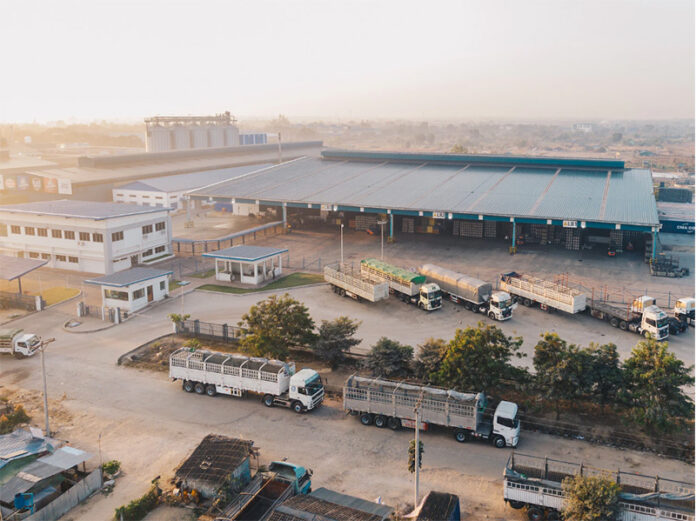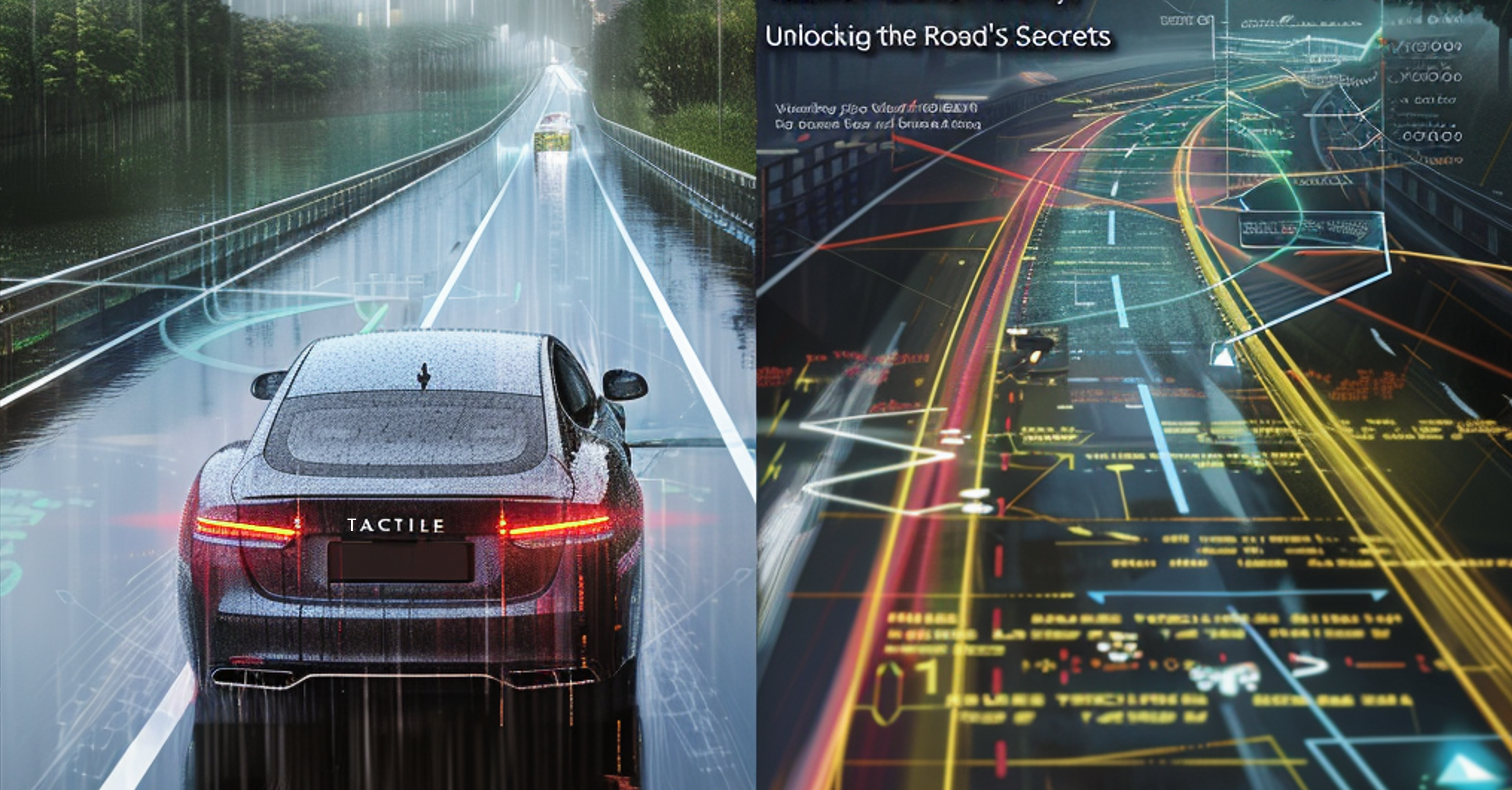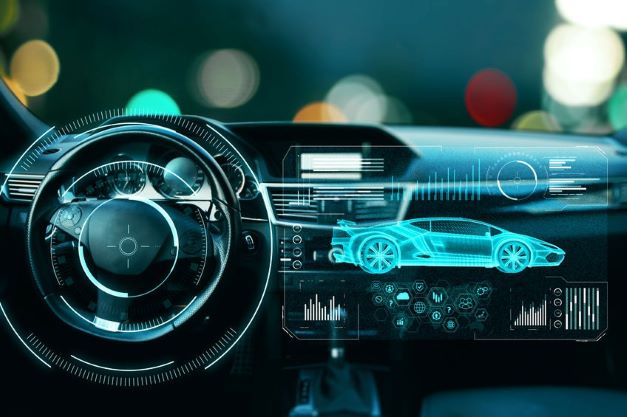Recently, the most rapid advances in personal tech haven’t come in the smartphone market, but rather in the automobile industry. Cars are becoming increasingly digitized, with one in every four cars to be equipped with 5G connectivity by 2025. These smart vehicles can gather data in real-time and share it both between themselves and with external systems.
“Connected cars,” or cars that can communicate with systems outside of themselves, are particularly advantageous for the fleet vehicle industry. Whether it’s a fleet of Amazon delivery trucks or city taxi cabs, these connected vehicles can collect data minute by minute and report it to a central dispatcher database. All that data generated allows managers to track productivity factors, like idling time versus driving time, along with vehicle maintenance needs. Connected cars also simplify fleet management by reporting all vehicle locations to a single database in real-time.
This level of connectivity can be achieved in multiple ways. But thus far, commercial fleet operators have mainly opted to achieve connectivity through telematics, a technique that involves external devices being installed on vehicles post-manufacturing. Those physical devices are connected to a centralized software where they send and transmit data.
However, new developments have started a bit of a dispute in the vehicle industry, with opposing sides arguing whether embedded connectivity is more beneficial than connectivity added in post-manufacturing. Let’s take a look at both.
Post-hoc connectivity
Post-hoc connectivity, or connectivity brought in post-manufacturing, is mainly achieved through telematics, which involves integrating physical telecommunication devices into information systems. This heavy-on-hardware approach has come to dominate car fleets, but critics say the sector is being left behind in its refusal to embrace a more efficient kind of connectivity.
When applied to vehicles, telematics combines GPS systems and black box technologies to record and transmit vehicle data, including speed, location, system errors, and maintenance requirements. The data is then transmitted to a centralized information server, which is likely located at the fleet dispatching office.
Telematics typically utilizes a single database to which all vehicle intel is transmitted, and from which the data can be monitored. The fleet vehicles can transmit live locations by satellite, cellular connections, or radio transmission. The database can then leverage that data to create digital maps to visualize vehicle positions in real-time, along with other valuable data such as vehicle status (ignition on/off) and fuel mileage.
An on-board modem, comparable to a Wi-Fi router, enables this level of connectivity. But in all, it’s quite a lot of hardware that can come with a hefty price tag. Sure, the bare bones approach with a simple GPS is cost-effective, but that system can’t generate all the rich insightful data as advanced telematics system can.
So, what’s the alternative?
Embedded connectivity
In contrast to the post-hoc approach, connectivity can also be embedded, meaning it’s built into the vehicle. This puts the onus on the original equipment manufacturer (OEM) to develop standardized tech through which vehicles can communicate with one another, prioritizing connectivity from the vehicle’s inception and not integrating it after the fact.
One of the main advantages of embedded connectivity is that it circumvents the need for a black box or other data recording device. That means dispatchers can access the vehicle’s information at any time. With post-hoc connectivity, while the location data can be read by the dispatcher, the remaining black box data typically needs to be read by the manufacturer during servicing. This means operators of embedded fleets can more easily access data at a more reasonable price in comparison to fleets connected post-hoc.
A potential disadvantage to the embedded approach is the lack of synchronicity: the data can’t necessarily be shared between all vehicles in the fleet. Different OEMs will offer varying levels of connectivity and diverse types of data in different formats, so the available data can lack standardization if a fleet uses multiple vehicle models or manufacturers.
Furthermore, in post-hoc connectivity, data points and the kind of data collected can be tailored to a fleet’s needs, rather than only being limited to the data that a manufacturer is willing to share. Because fleet operators of embedded vehicles are not the ones installing or adjusting the connectivity system, they’re at the mercy of the manufacturer.
Nonetheless, embedded connectivity simplifies the process of data generation and data analytics. Diverse data from multiple points is collected minute by minute, and the fleet vehicles are exchanging data in real-time that can be accessed without the need for an intermediary device.
Unlike post-hoc connectivity which is a “read-only” solution, meaning the data is transmitted but not analyzed, embedded connectivity allows the vehicle’s electrical control unit (ECU) to receive insights from processed data and act accordingly to improve ride quality and safety.
Final thoughts
Regardless of the benefits of telematics, that kind of after-the-fact connectivity is going to become increasingly obsolete as autonomous driving fleets take off. This is because the vehicles are already embedded with a degree of connectivity in their development. Since autonomous cars already have AI built into them, they’re connected by design.
That’s not to say traditional telematics is obsolete yet, but the phase out has begun. So commercial fleets and OEMS should centralize their operations around new technology suited for the future. That starts with connectivity at inception, not as an add-on.
Shahar Bin-Nun, CEO




